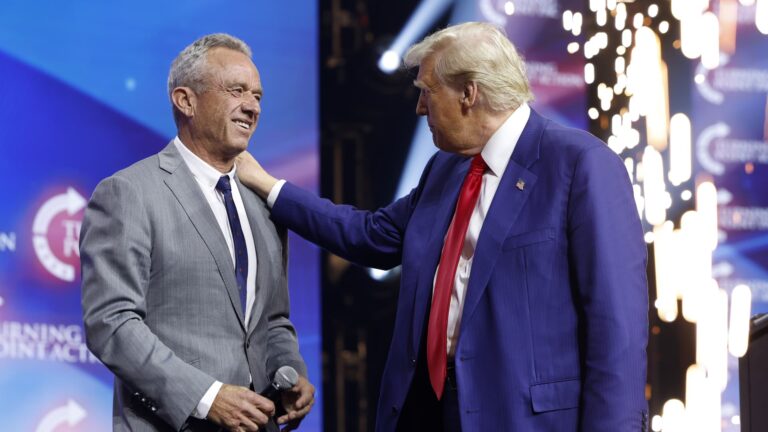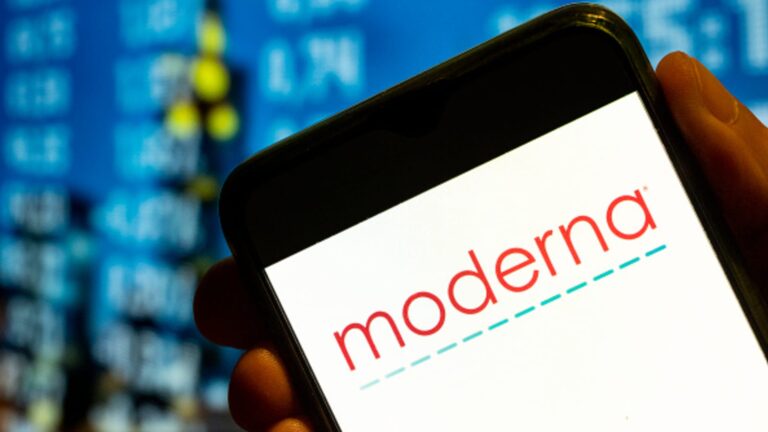
A recent analysis by GoodRx of U.S. pharmacy and insurer data reported that the average insulin retail price rose 54 percent between 2014 and 2019, but noted a slight dip in the last few years. A RAND Corporation study in 2020 led by Andrew Mulcahy, a senior policy researcher, found that the average U.S. insulin list price — which he said had reached nearly $200 per vial, with higher prices for pre-filled pens — was 10 times that of other nations. Insulin users typically require two to three vials a month.
According to the American Diabetes Association, 22 states and Washington D.C. have imposed insulin co-pay caps ranging from $25 to $100 for 30-day supplies, which some would like to expand nationwide. The association and others are also lobbying for Congress to consider bipartisan legislation called the Insulin Act, which would encourage insulin manufacturers to lower list prices and cap the monthly insulin costs for insured diabetics at $35.
Dr. Kasia Lipska, an associate professor of medicine at the Yale School of Medicine, published a study in July finding that one in seven U.S. insulin users experienced “catastrophic spending” on the drug, meaning that more than 40 percent of their disposable income went toward their treatment. A survey study published in November found that 17 percent of insulin users reported rationing the drug to save money.
People who require insulin but do not take it as prescribed are at substantial risk of heart attack, kidney failure, amputation, blindness and death.
High insulin prices, the California lawsuit stated, also disproportionately affected Hispanic and Black people, who have higher Type 2 diabetes rates than whites and are at greater risk of dying from the disease.
Larry Levitt, executive vice president for health policy at Kaiser Family Foundation, said the interaction between drug companies, pharmacy benefit managers and insurers “results in fairly modest costs for insurance companies, but has served to inflate the prices for patients who have to pay out of their own pockets,” including those with high deductibles and the uninsured.
He and others hoped the lawsuits would help expose what they characterized as murky pricing schemes for insulin. But Mr. Bonta, a Democrat, disputed the idea that there was much mystery about the business relationships outlined in the lawsuit.






